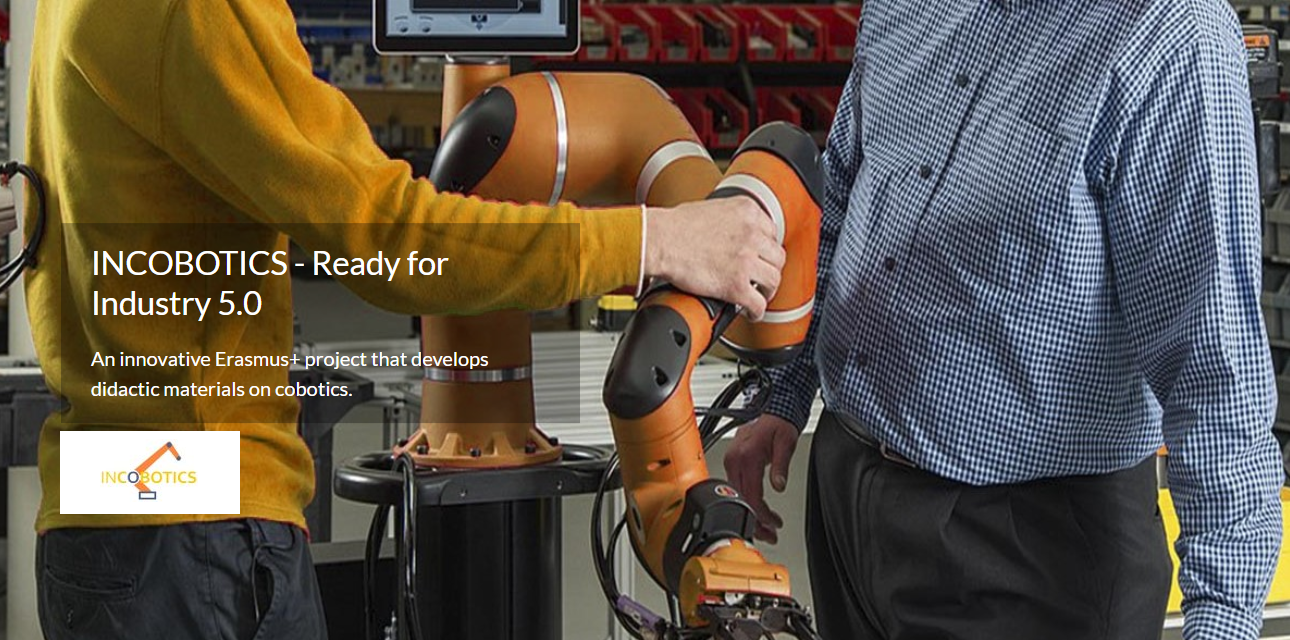In nature, flexibility and adaptability are essential to survive. Flora and fauna around the world are full of examples of these life skills. Quick fact about reed: the stem of this plant is made of fiber, strong enough to resist the roughest meteorological conditions. Even when it is swept by a strong wind, the reed bends but never breaks. In the same manner, many animals naturally develop undercoats in the winter to go through the lowest temperatures.
Just like in the wilderness, flexibility and adaptability allow us to keep growing in our social and job environments.
And yet, unlike animals and plants, humans living in society usually need to learn and practice these skills. This is the reason why the DTAM Training Material on Transversal skills emphasizes the importance of becoming more flexible and better at adapting to multiple changes. Thanks to our training material, workers, educators, and VET instructors will have a tool to acquire more knowledge about these skills that everyone naturally possesses but that are not so obvious to apply, especially in the work environment.
Why is being flexible and able to adapt so essential, especially in the 21st century? In its Manifesto for Adult Learning in the 21st Century: The Power and Joy of Learning, the European Association for the Education of Adults (EAEA) outlines “digitalisation, internationalisation, service orientation, [and] flexibilisation” as the biggest mega-trends of today’s labor market. The EAEA adds, “these trends increase in parallel the pace at which employees have to adapt to the constant change and to gain new competencies”. As companies must become more flexible and adapt to constant change, so must their employees.
The pandemic, climate change, economic gaps, or the fast-paced development of cutting-edge technologies are the central global challenges faced by our society. Flexibility is about looking at these challenges as new opportunities, rather than obstacles. Adaptability is about finding new solutions to build the world of tomorrow. Both these skills are not only essential to face adversity, but also to show resilience i.e. the ability to recover after an obstacle and to move forward.
Whether it is about the learners’ daily lives—having to work without less human contacts—or companies’ social impact—building a more sustainable world—flexibility and adaptability are needed individual and social skills to be (re)learned. Therefore, the DTAM team is thrilled to share knowledge with its target groups about these two transversal skills, among many others.
Stay in touch on the DTAM social media pages and our website to be informed about all the rest of the hard and soft skills to be included in our Training Material.
References:
Featured image credit: Character vector created by vectorjuice – www.freepik.com














